Report this entry
More from the same community-collection
A Walmart Employee Exits the Building During Mass Shooting
A Walmart employee leaves the building while El Paso Police and ...
A Man Searches for His Daughter After the Mass Shooting
A man pleads with law enforcement for information about his ...
Manuel Oliver Cries Outside of Las Americas
Manuel Oliver, who lost his son in a school shooting in ...
Interfaith Vigil for El Paso Shooting Victims
A man prays for the victims during an interfaith vigil at Ponder ...
Interfaith Vigil for El Paso Shooting Victims
A woman wipes away tears during an interfaith vigil at Ponder ...
A Girl Draped in Mexico and US Flags
A girl draped in the Mexican and United States flags during an ...
Indigenous Dancer at Interfaith Vigil
An indigenous dancer holds a sign condemning racism during an ...
People Mourning at the El Paso Shooting Memorial
People gather to light candles, drop off signs, and mourn, at a ...
People Mourning at the El Paso Shooting Memorial
People gather to mourn at the crosses representing each victim ...
Balloons for the Victims at the El Paso Shooting Memorial
A man ties balloons to the crosses for each of the victims of a ...
A Family Shows Their El Paso Tattoos
A family shows their El Paso tattoos during a fundraiser at West ...
Line for Tattoo Fundraiser at West Texas Tattoo
People in line for tattoos at West Texas Tattoo, with all of the ...
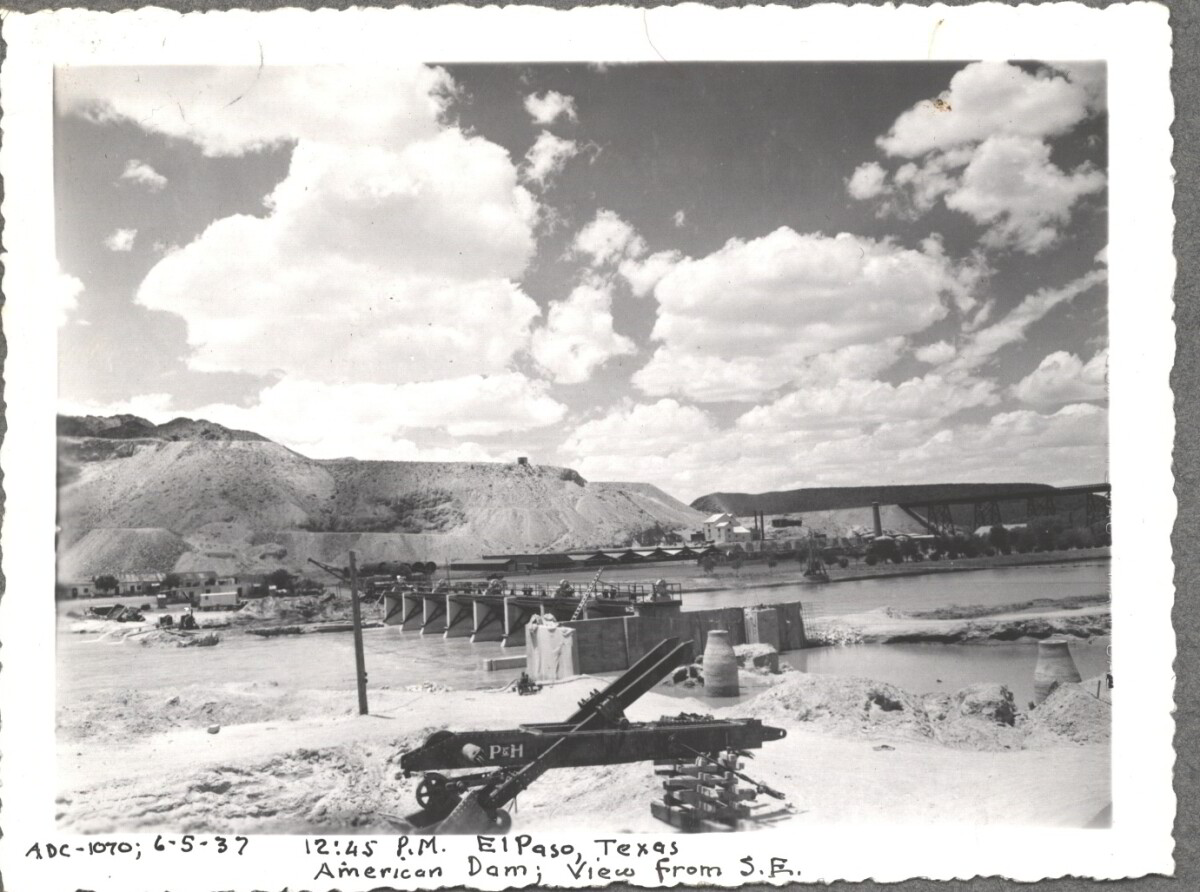
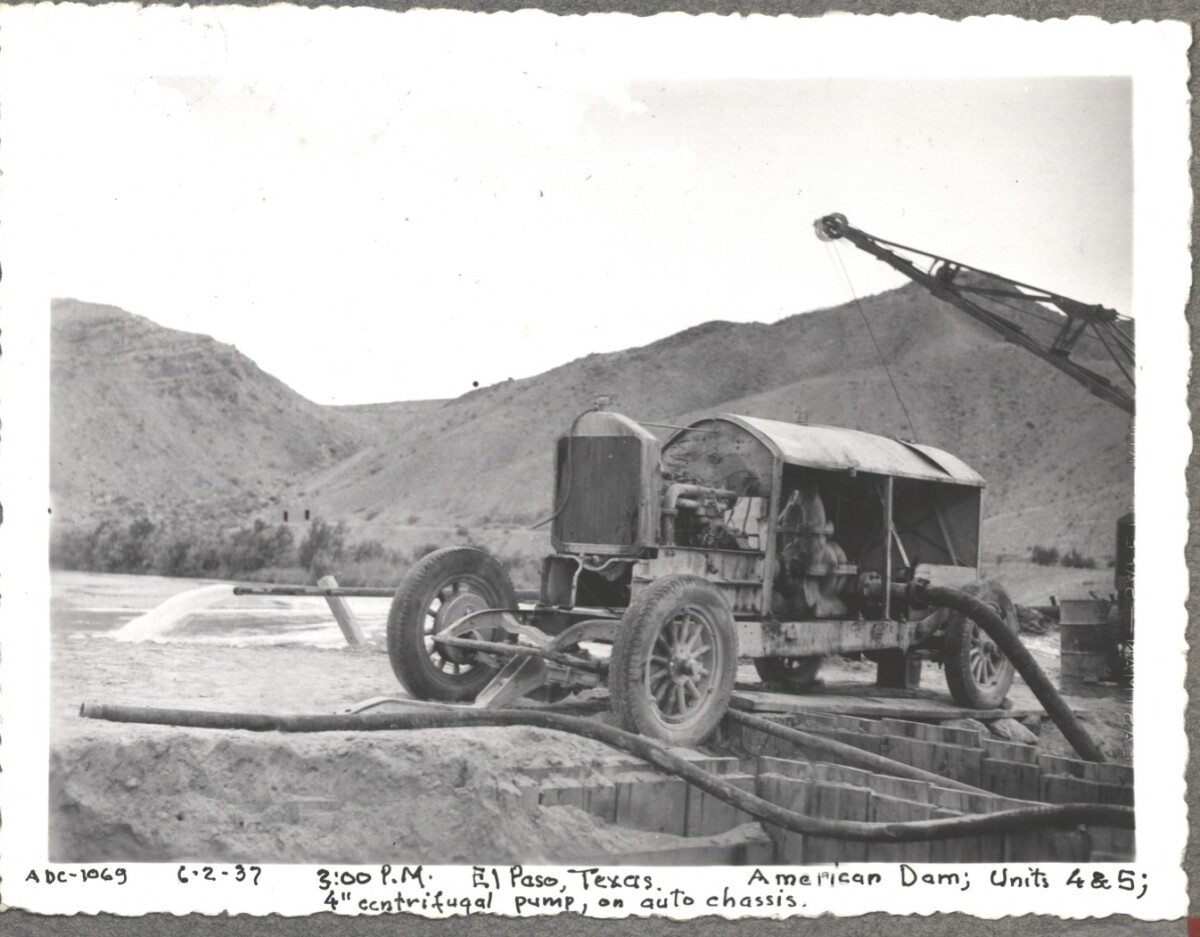

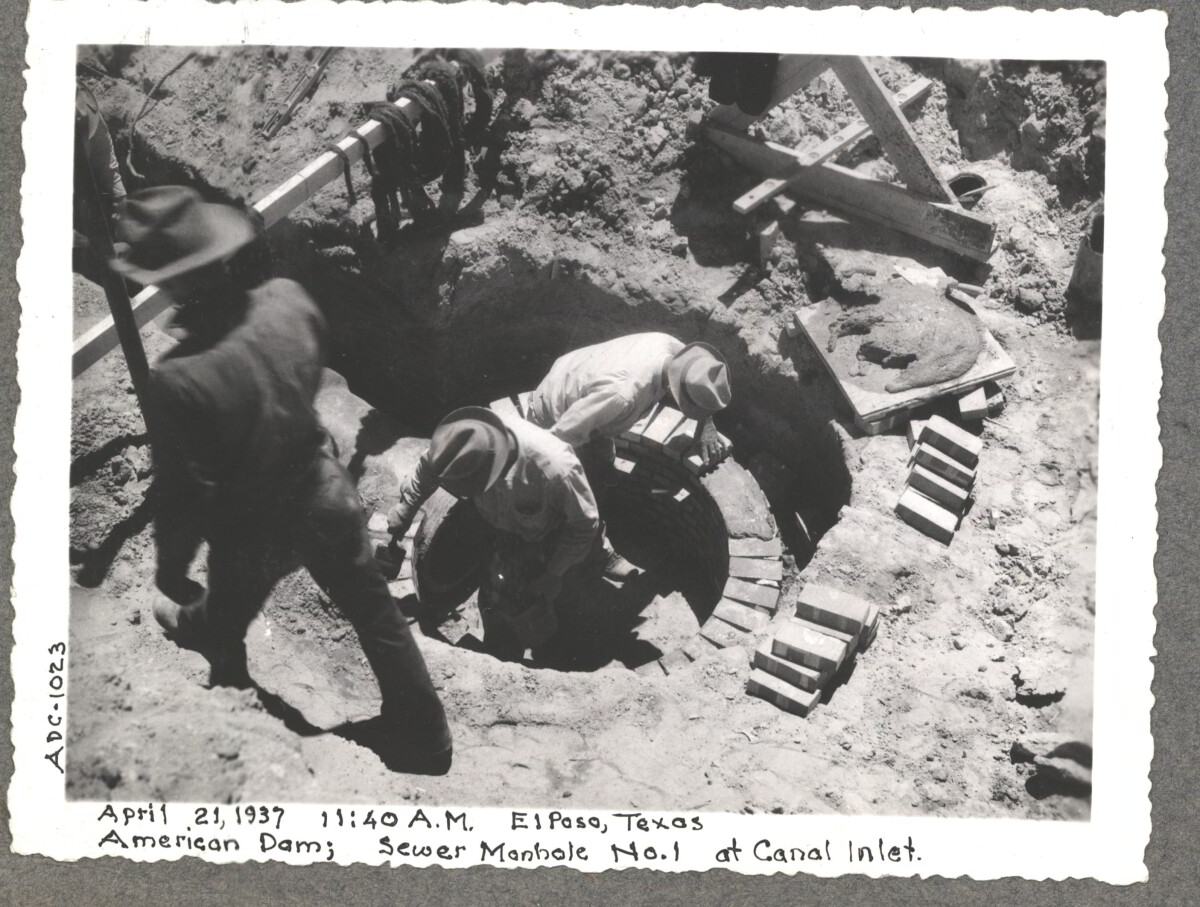
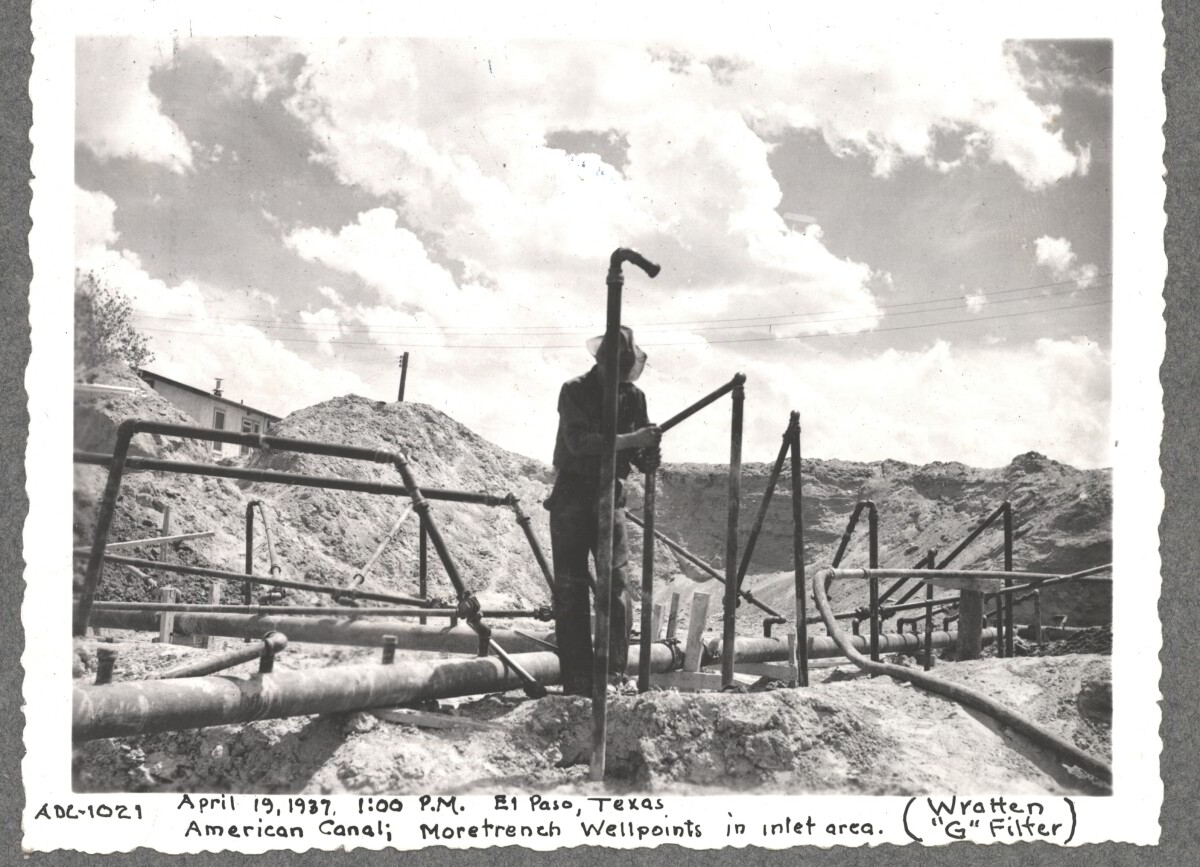
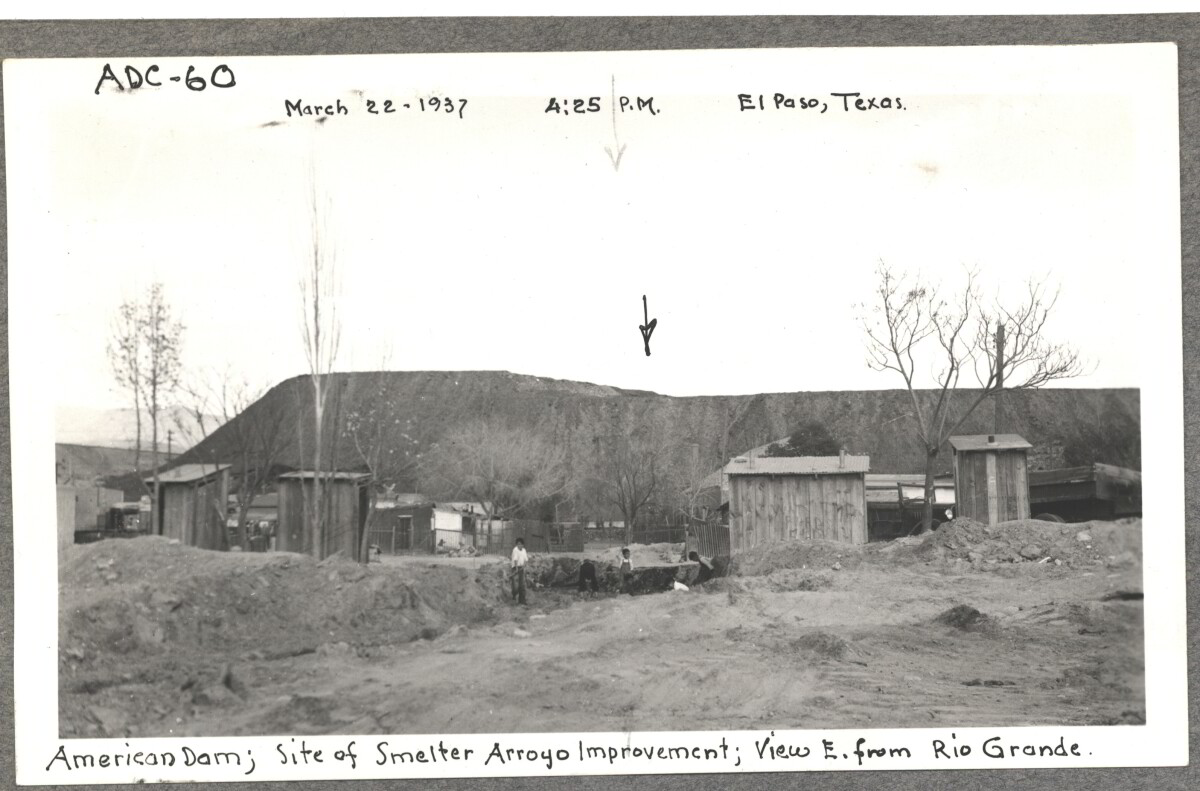
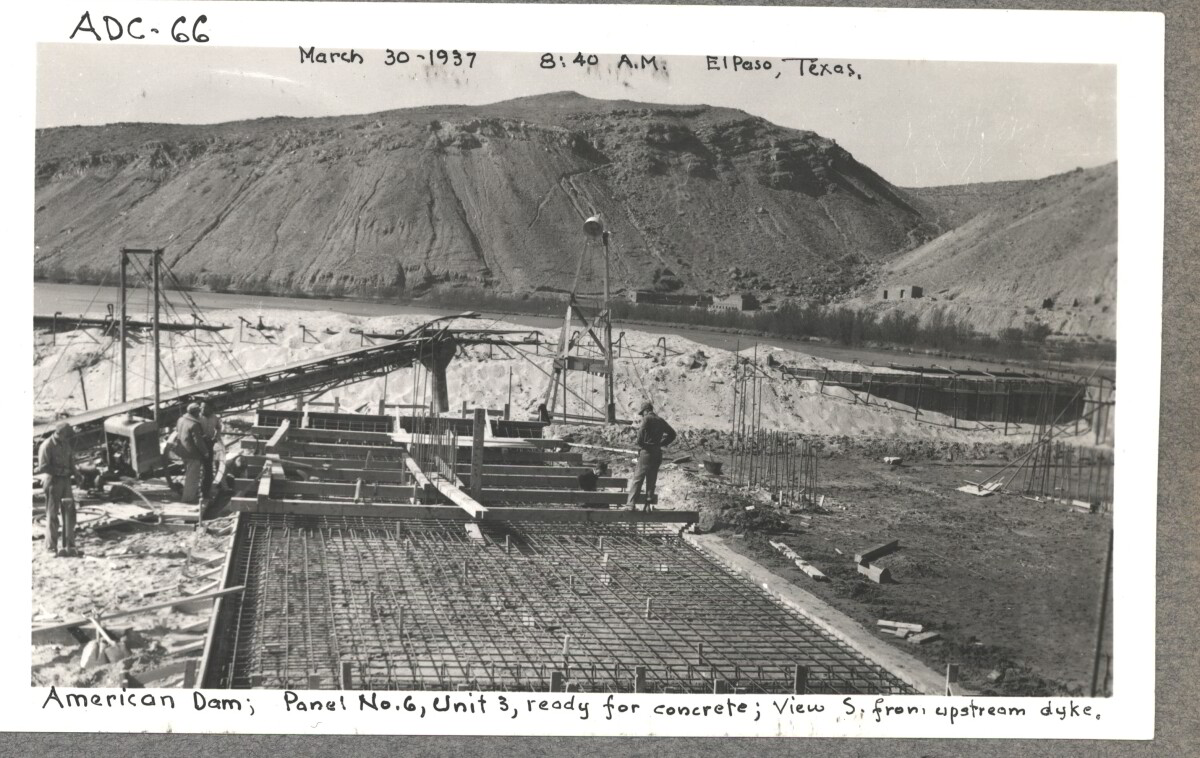
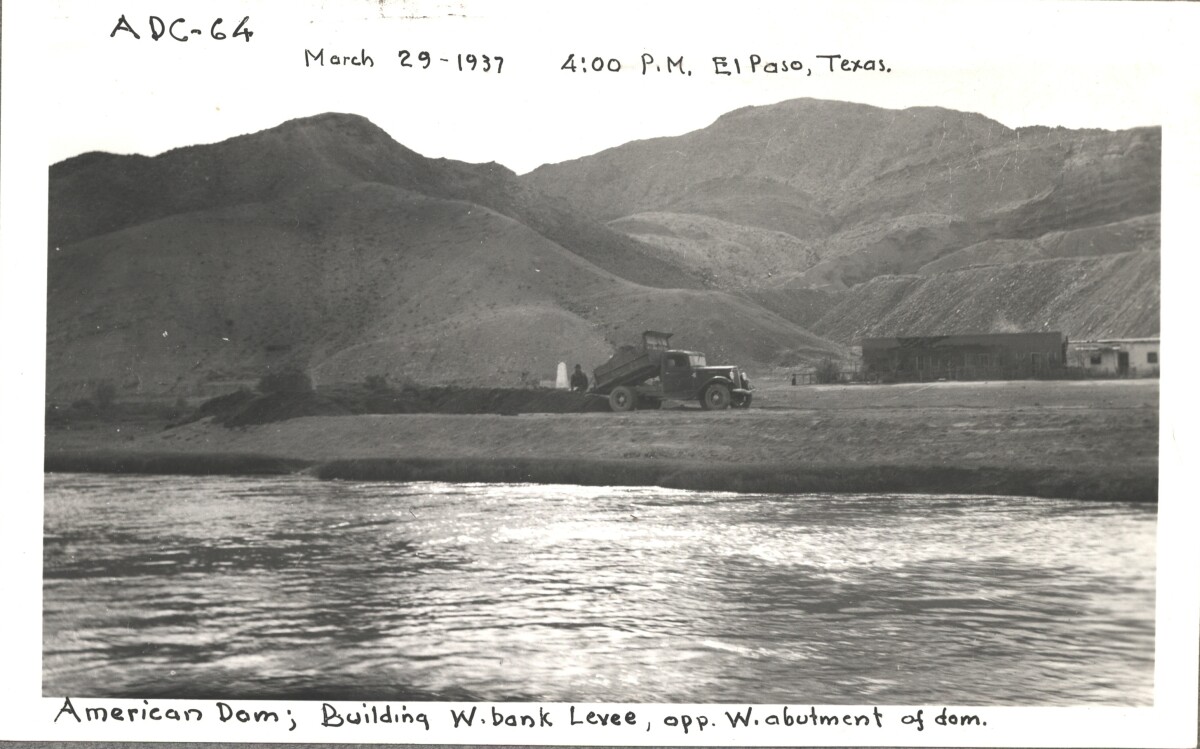
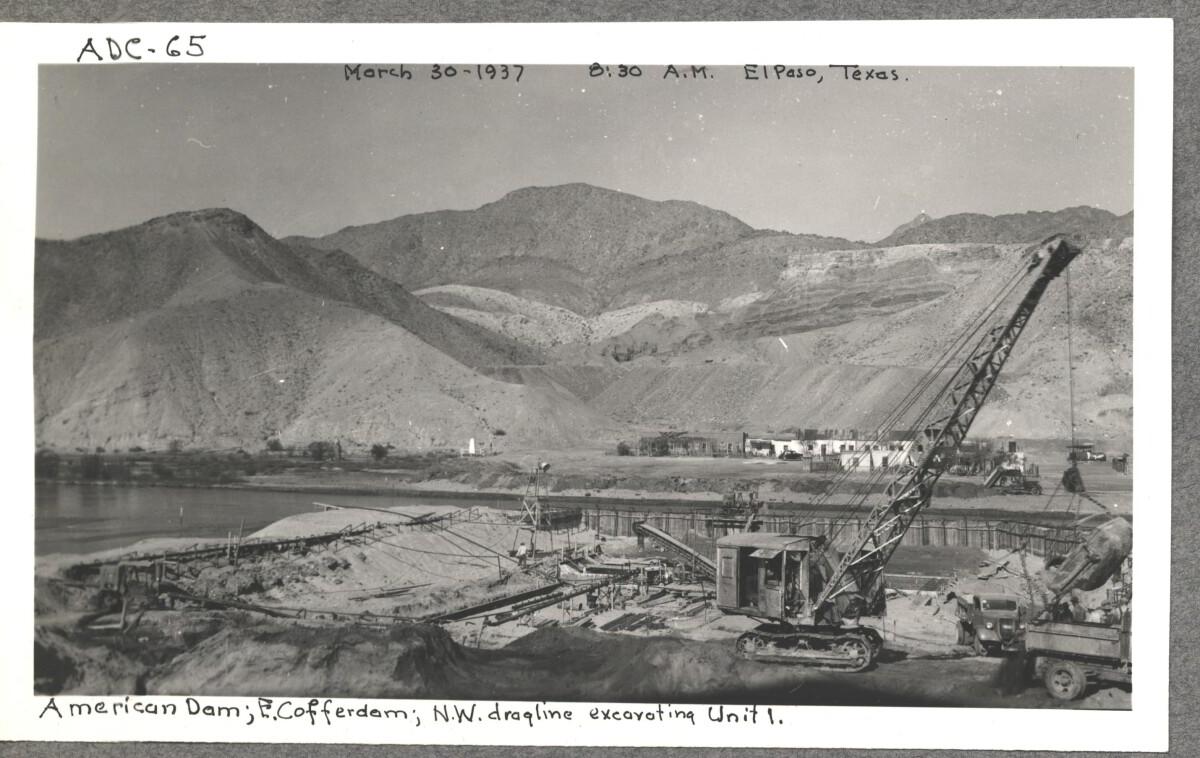
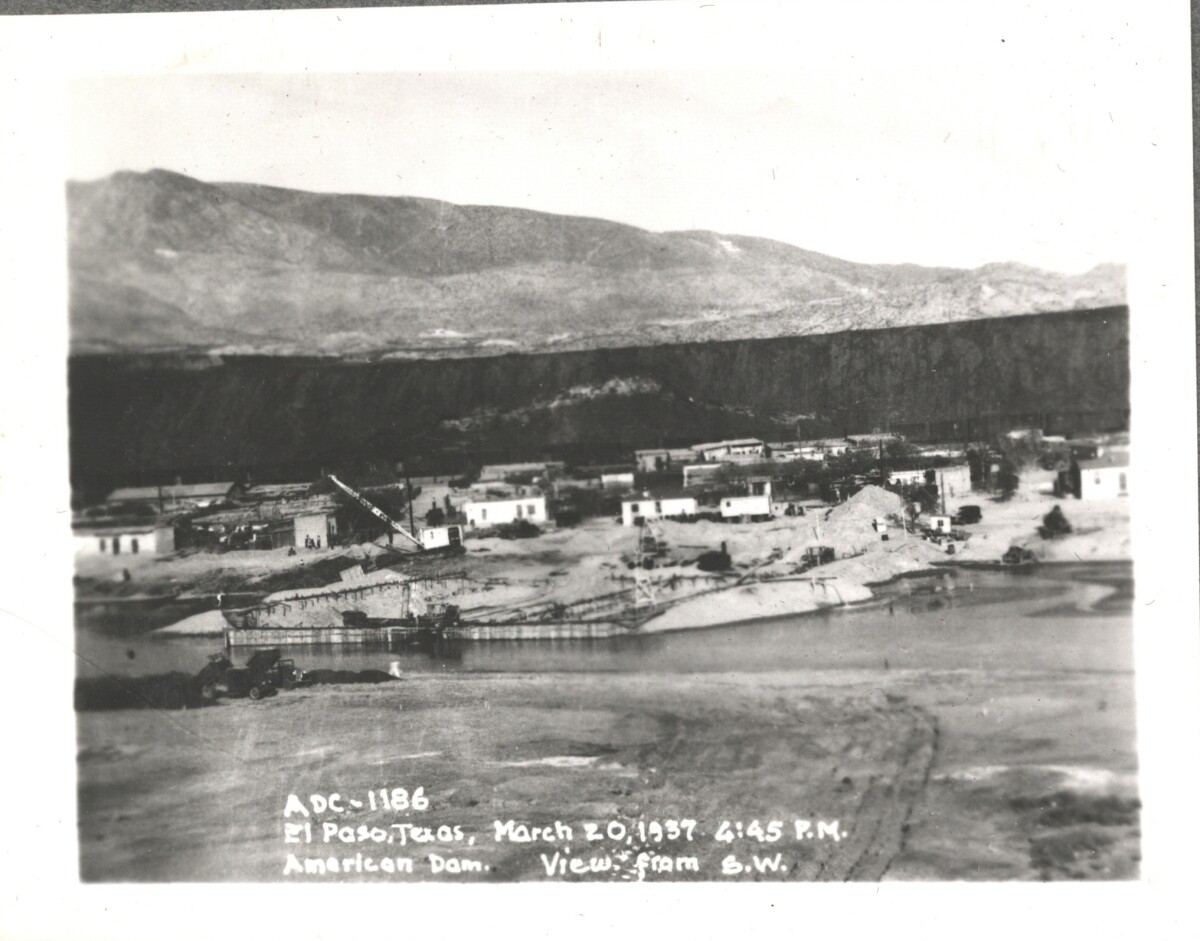
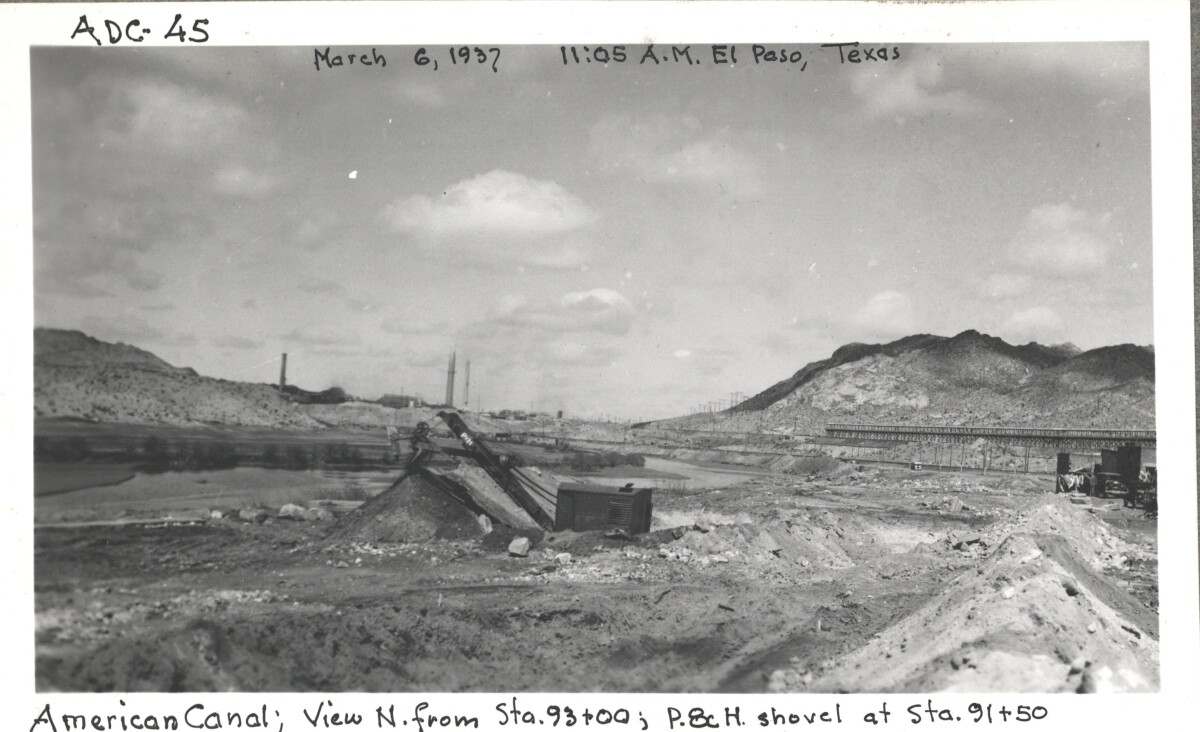
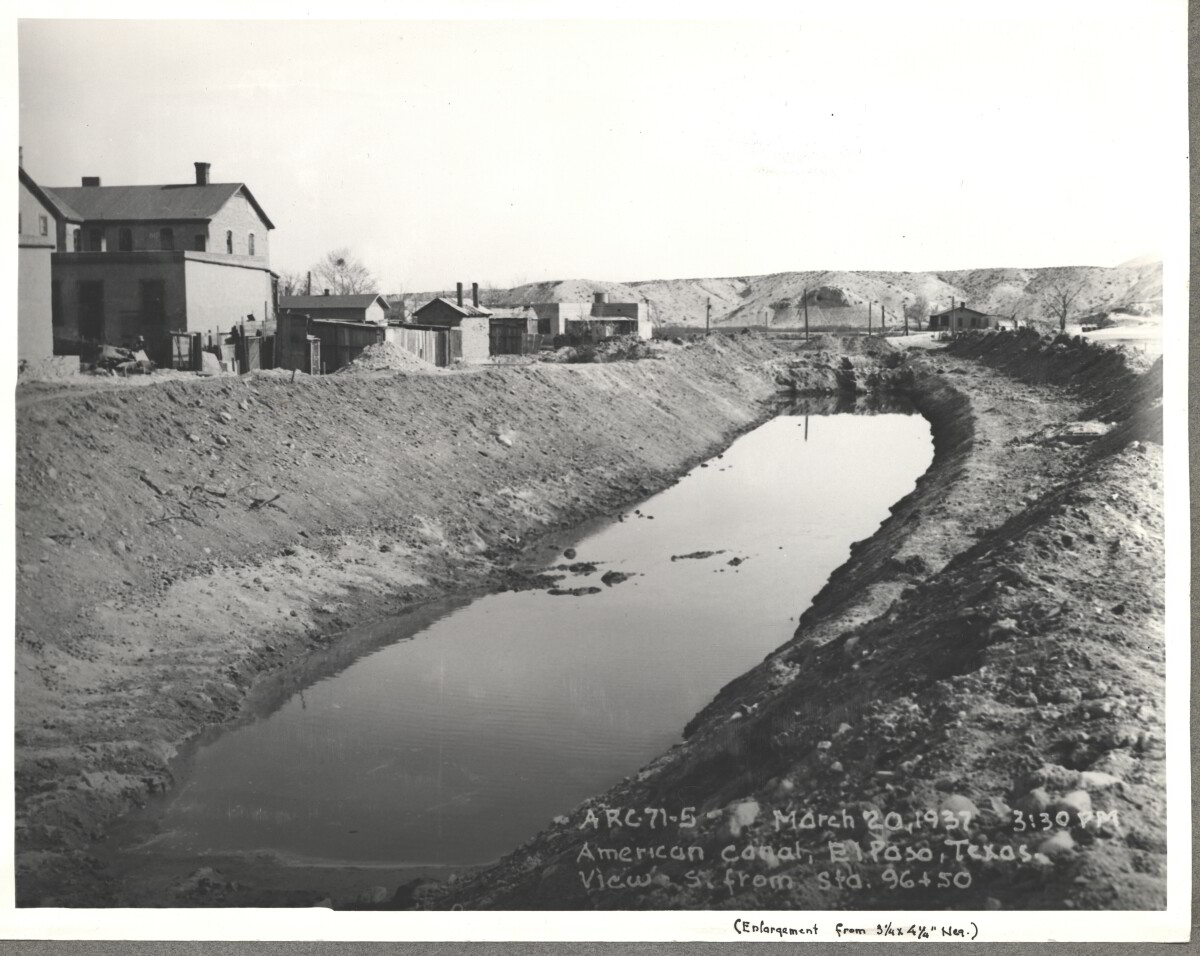
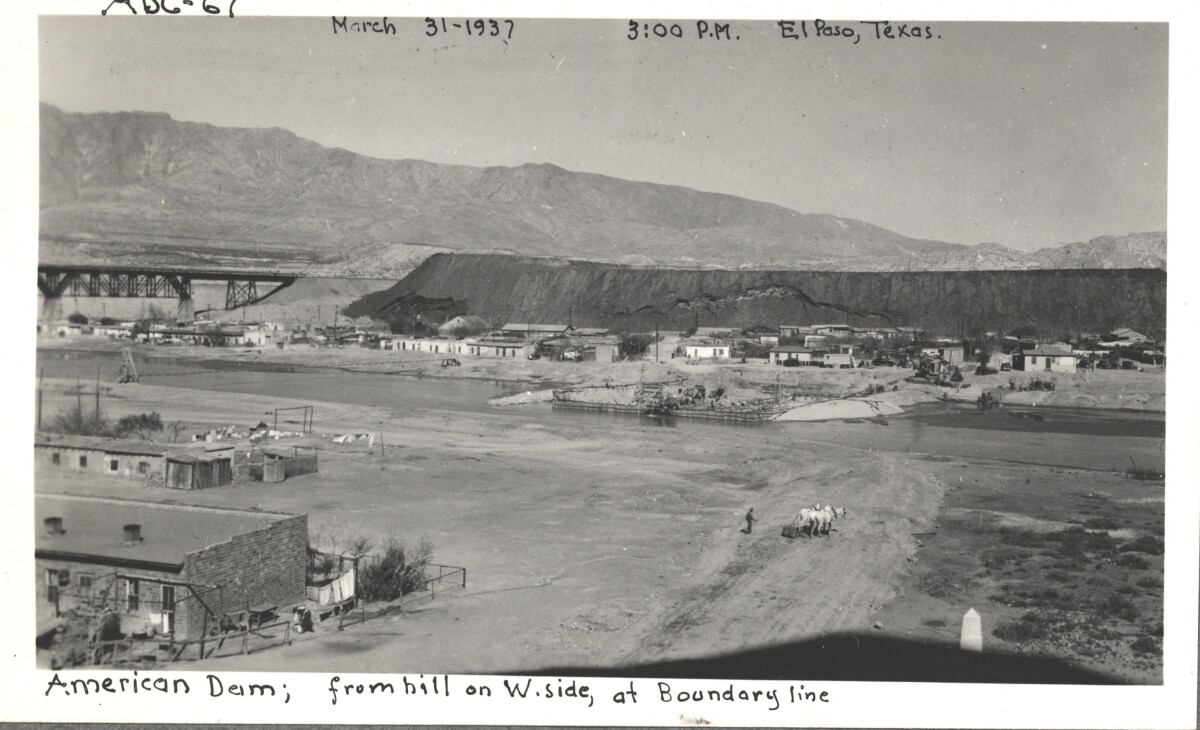
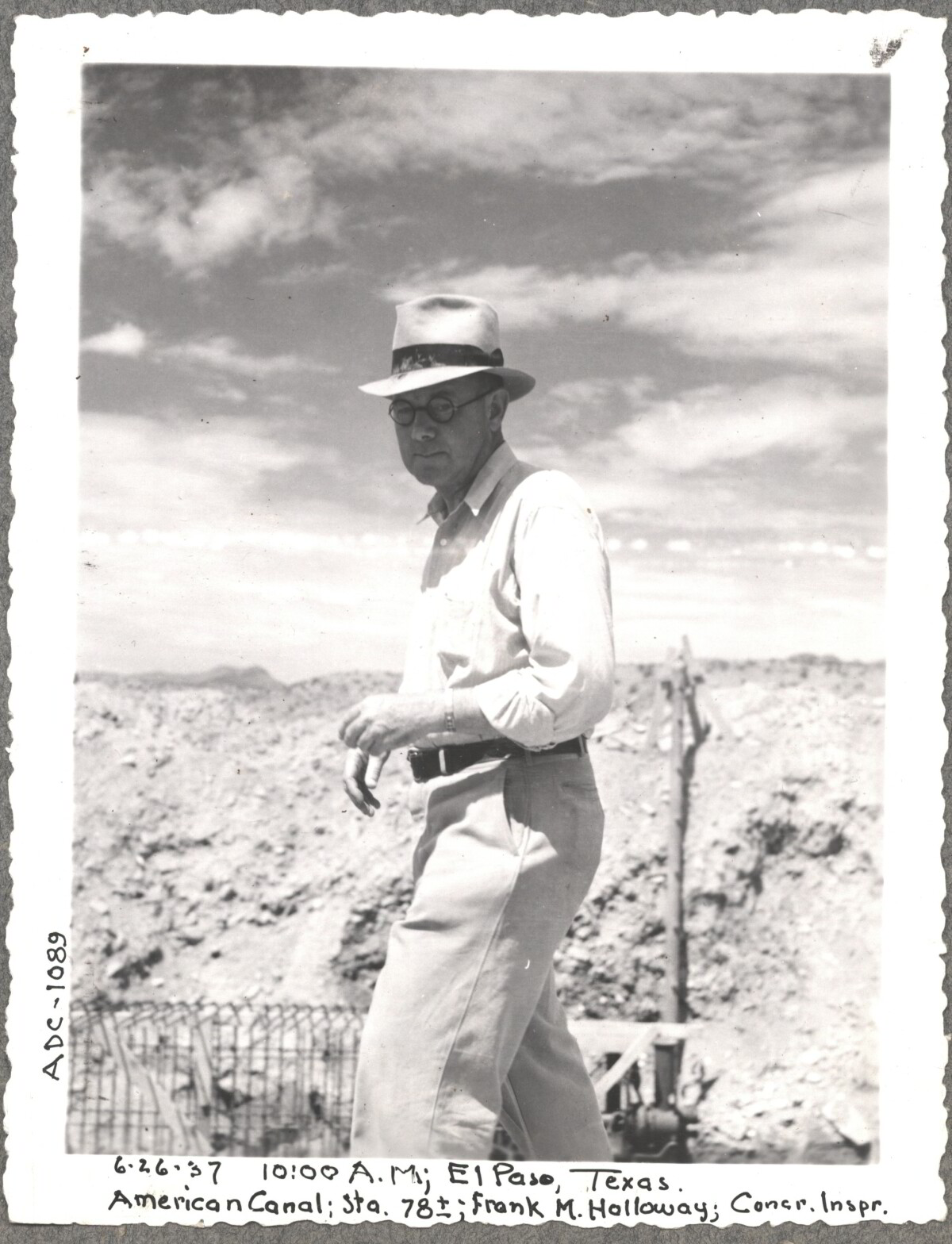
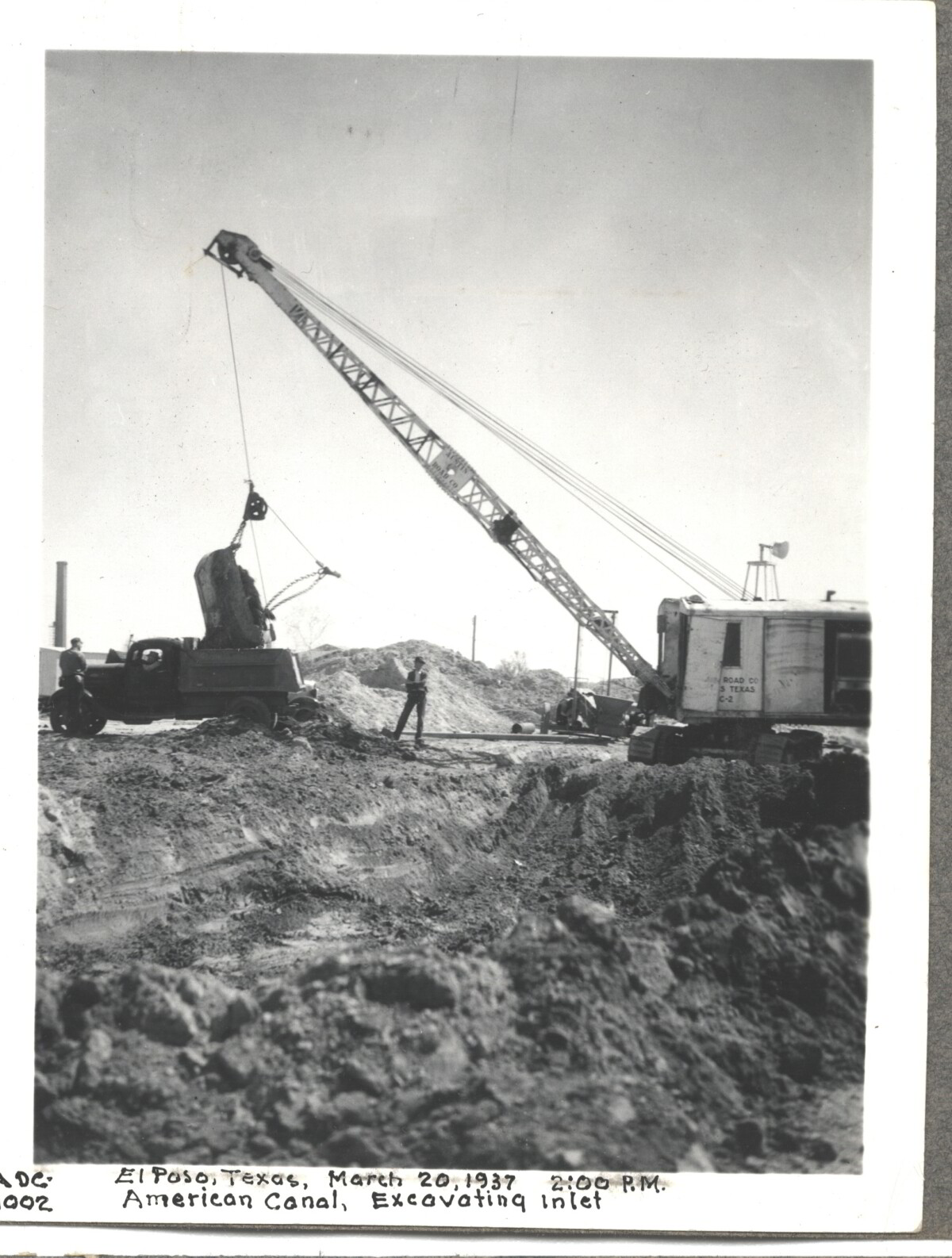
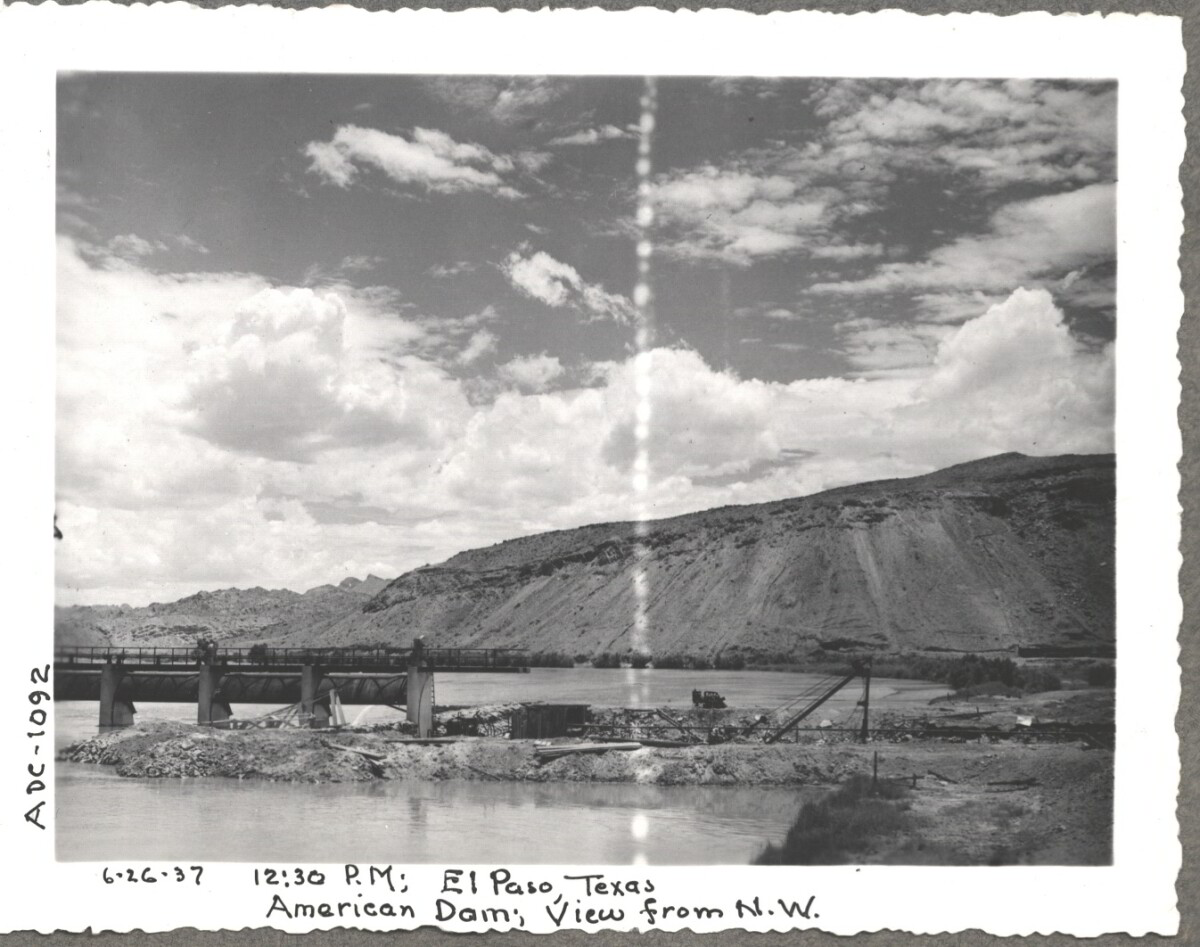
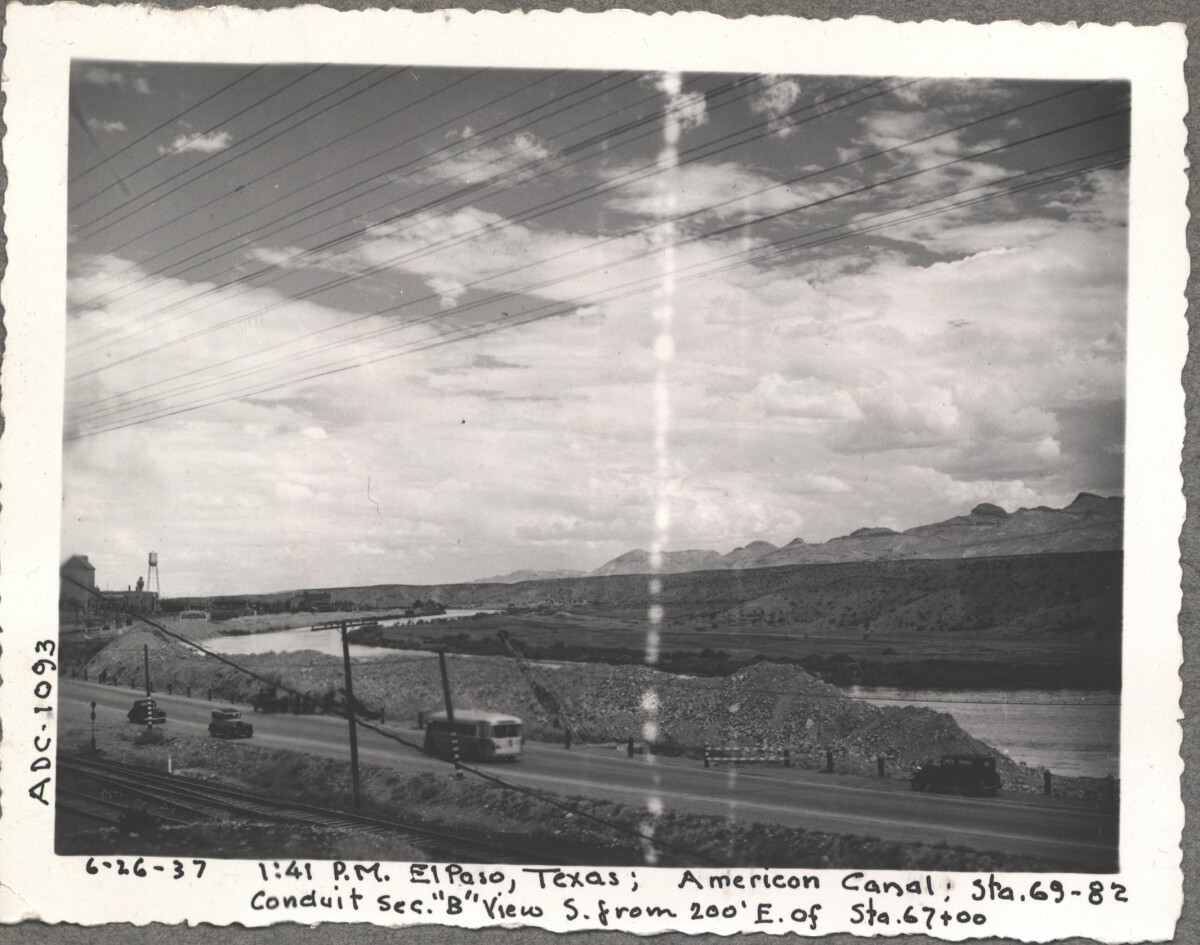

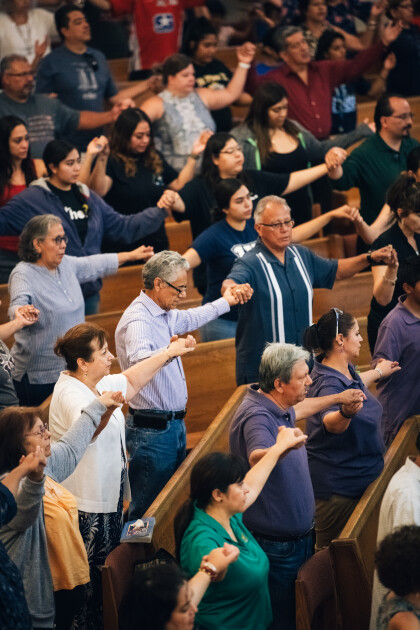

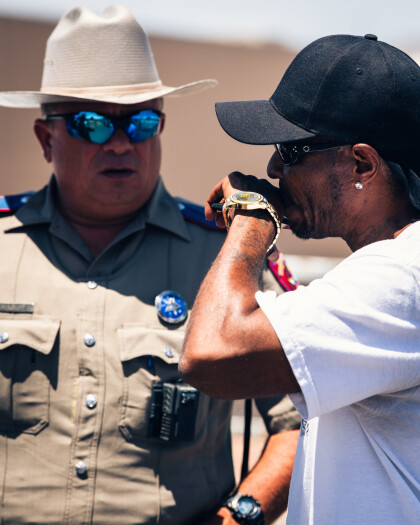

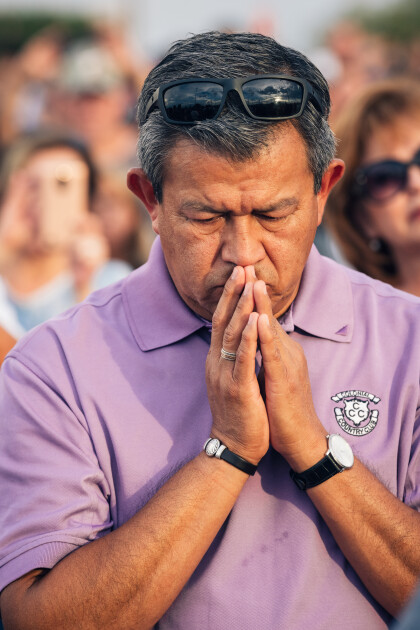



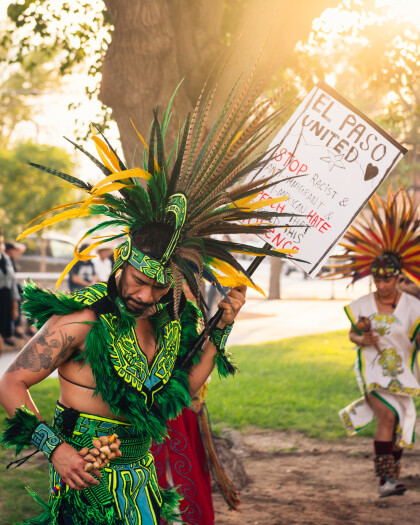



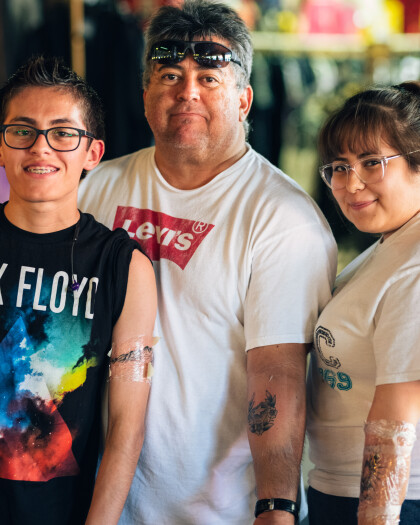
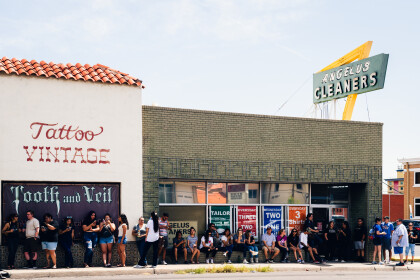

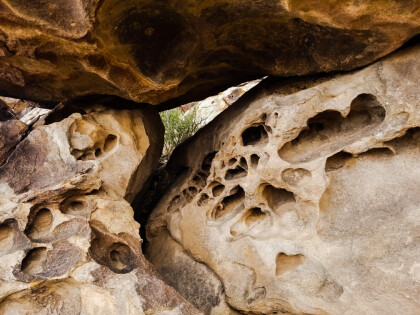
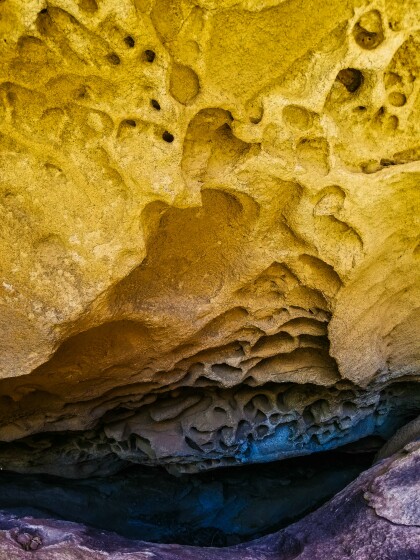
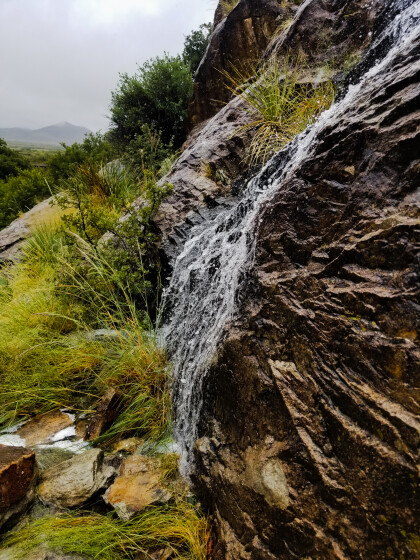
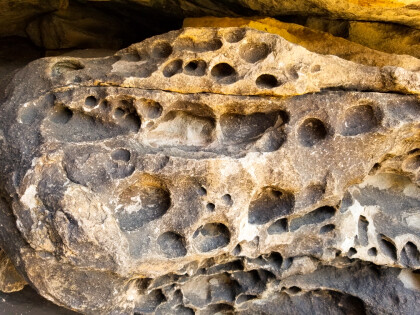
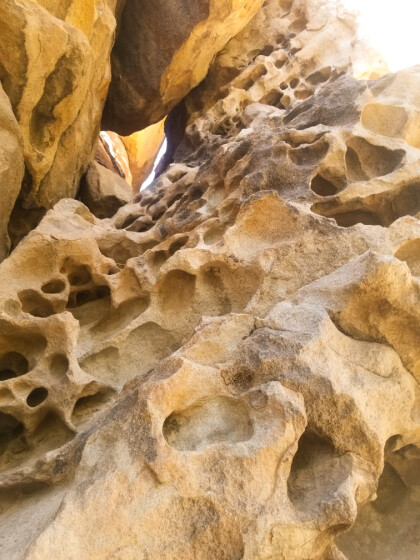
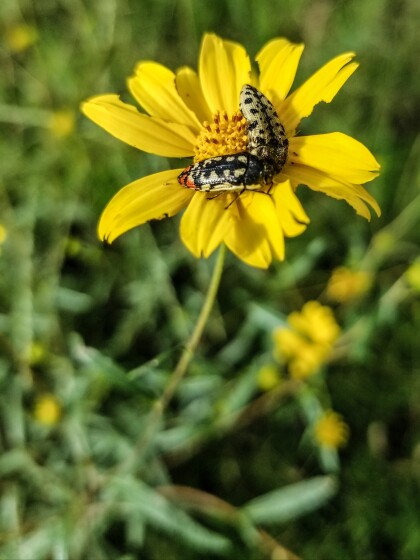
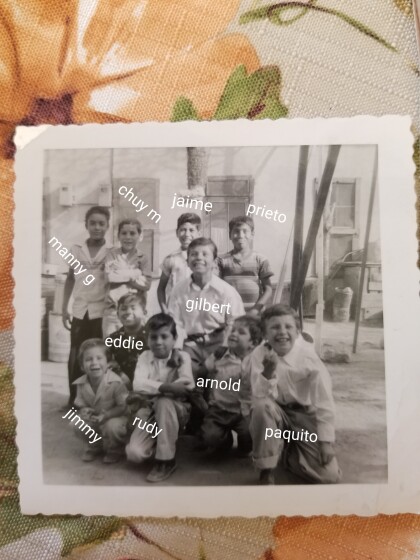
Comments
Add a comment